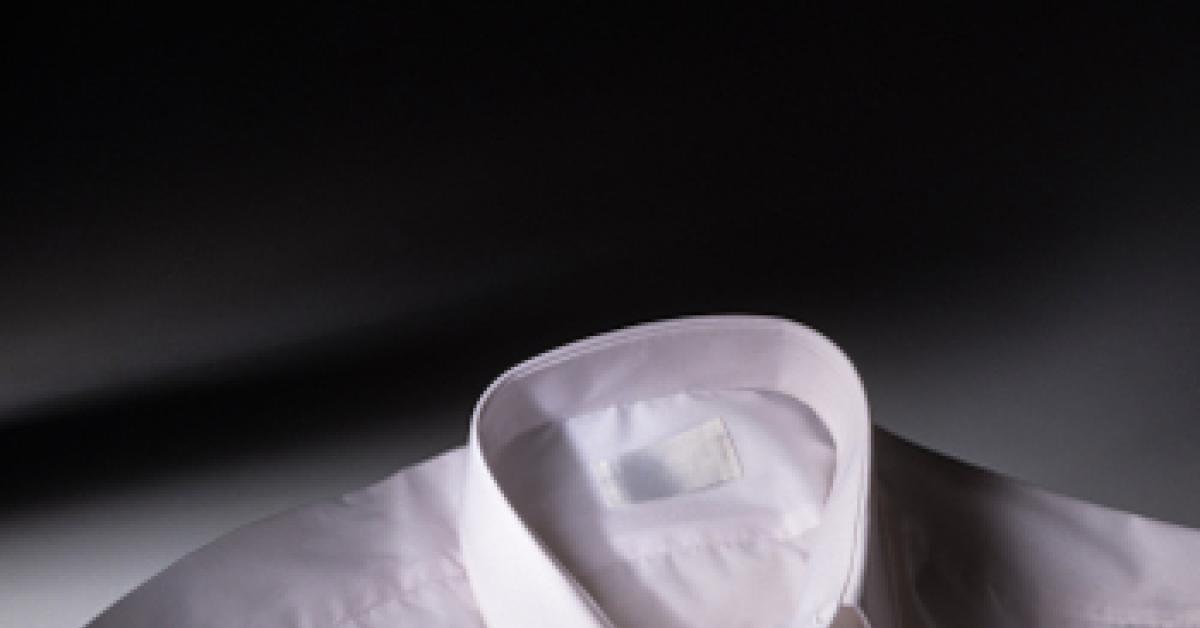CHICAGO — Wherever I go these days, I no longer get questions about removing customers’ stains, I’m asked about correcting “in-house” stains. Drycleaners want to know how to remove the stains that weren’t there when the customer dropped off the garment.
As drycleaning filtration has moved from diatomaceous earth to cartridge filters to spindisks, attention to solvent maintenance has suffered. Redeposition has long been the most common consumer complaint that’s the drycleaner’s fault; in many plants, redeposition is the standard.
Redeposition manifests itself as a gray tint on whites and a dinginess in pastels. It is also seen as gray and black circles on garments drycleaned while wet. General dinginess can only be corrected by proper solvent maintenance including filtration and distillation; if you eliminate distillation, you must pay additional attention to filtration.
The grey and black circles created when a garment is drycleaned while damp can be corrected. Sometimes, an extra VDS treatment will do the trick; in many cases, oily-type paint remover (OTPR) will remove them.
Another approach is to take the garment to the wet side. Place the stained area over the vacuum nose of the board and flush the area with wet steam. Apply NSD and mild mechanical action, then flush the stained area over the nose of the board with dry steam.
Any garment that carries a water-based care label can be wetcleaned or even subjected to a citrus-oil-based degreaser. Prevent localized redeposition by allowing time for the garment to dry after steam spotting and before recleaning. Apply a leveling agent before recleaning garments on the wet side for an extra margin of safety.
No matter how well we screen applicants or train employees, mistakes can happen; the ultimate is to miss a pen or lipstick. Lots of garments must be inspected to find each and every mark. Don’t panic—there’s a procedure that can reduce that mountain of clothes to just a few or none at all.
If you aren’t familiar enough with your drycleaning machine to follow these instructions, you’ll need to review them step-by-step with a manufacturer representative or the person who installed it. Do not wait until the situation occurs—prepare today for the potential/probable claim of tomorrow.
Place the garments back in the machine with a half-gallon of OTPR in an open container that can withstand the solvent. Cut the top off an empty gallon detergent bottle to make the ideal dispenser.
Fill the wheel to one-third to one-half capacity. Agitate the garments for five minutes with the pump off. Turn off agitation (rotation) and let the garments soak for five minutes. Restart rotation and agitate the garments with the pump off for 15 minutes (in perc) or 30 minutes (hydrocarbon/GreenEarth). Drop the solvent to the still and extract the garments; do not dry them.
Restart the machine using a cycle designed for extremely dirty garments, with the solvent circulating. Dry the garments on the coolest temperature possible to reduce the chance of further setting any stains.
Any remaining stains should be dealt with on the wet side. Flush the stain with wet steam over the vacuum nose of the board. Place the stain over the solid portion of the board; apply NSD and light mechanical action. Place the stain over the nose of the board again and flush with dry steam.
If the stain remains, apply tannin formula and heat the area with a slow wisp of steam. Flush the area with dry steam over the nose of the board. You may choose to treat any remaining stains with sodium perborate or sodium percarbonate, depending upon the dyes, fabric and your level of confidence.
Ben Franklin once said, “An ounce of prevention is worth a pound of cure.” This is especially true when your professional reputation and a claim are on the line.
Have a question or comment? E-mail our editor Dave Davis at [email protected].

